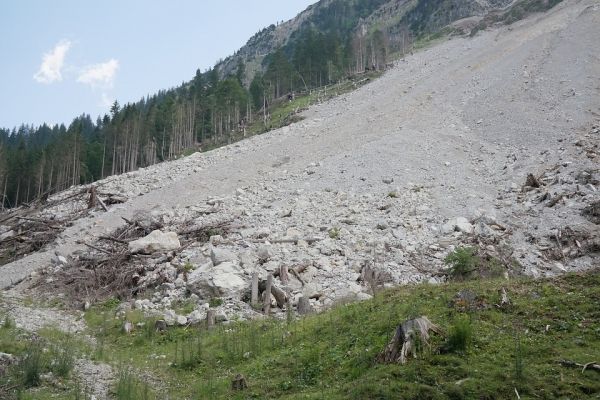The study of the Campania region in southern Italy: an area that is vulnerable to landslides. The use of innovative and reliable instruments, and the original use of new generation atmospheric models, leads to the development of better predictive tools that can improve early warning systems’ performances. The results of the research conducted by the CMCC Foundation – Euro-Mediterranean Center on Climate Change.
Many slopes in the Campania region are covered with layers of volcanic soil, the result of repeated eruptions over the course of millennia. As the impacts of climate change worsen, including the occurrence of very intense and short rainfall in localized areas, there is a growing need, especially in this and other Italian regions that are vulnerable to landslides, to understand the dynamics that induce such events more precisely and develop models that can predict them. When employed through adequate early warning systems, these tools can support decision-makers in adopting effective and efficient measures to protect people and the areas themselves from landslides.
To this end, the study Exploring ERA5 reanalysis potentialities for supporting landslide investigations: a test case from Campania Region (Southern Italy) by the CMCC Foundation identifies the potential of the fifth generation of atmospheric models (known as reanalysis dataset ERA5) developed by the European Centre for Medium-Range Weather Forecasts for improving the performance of early warning systems used, for example, by the Civil Protection (Protezione Civile).
Read more at CMCC Foundation - Euro-Mediterranean Center on Climate Change
Photo Credit: Hans via Pixabay


